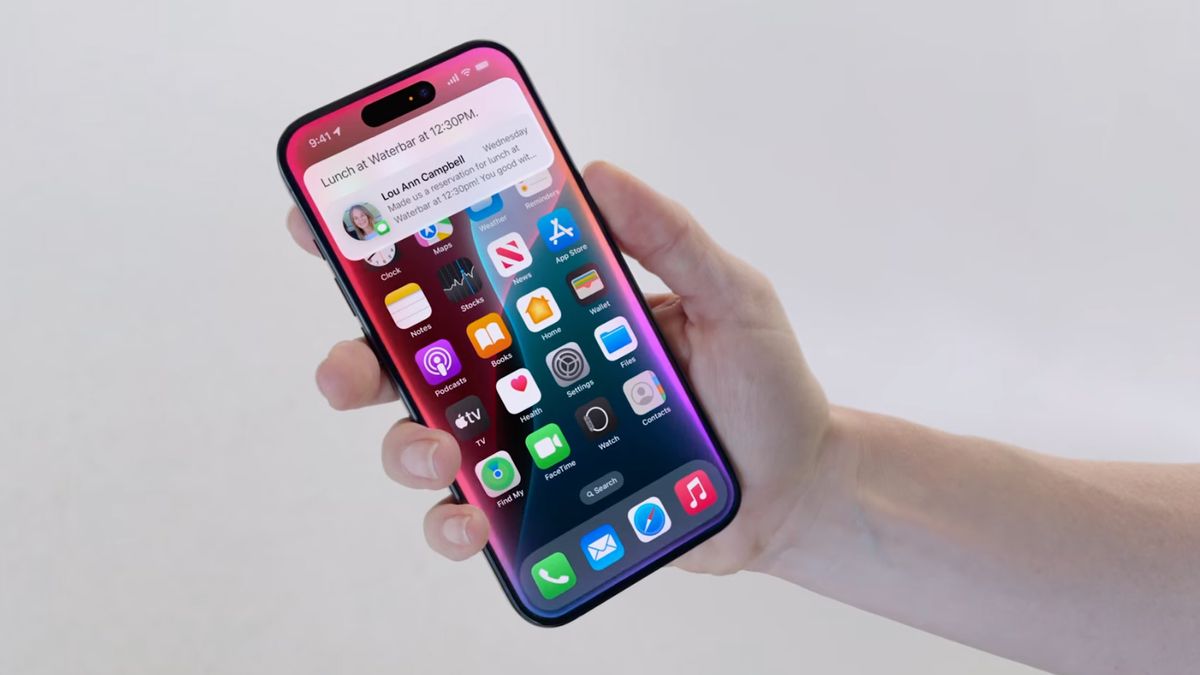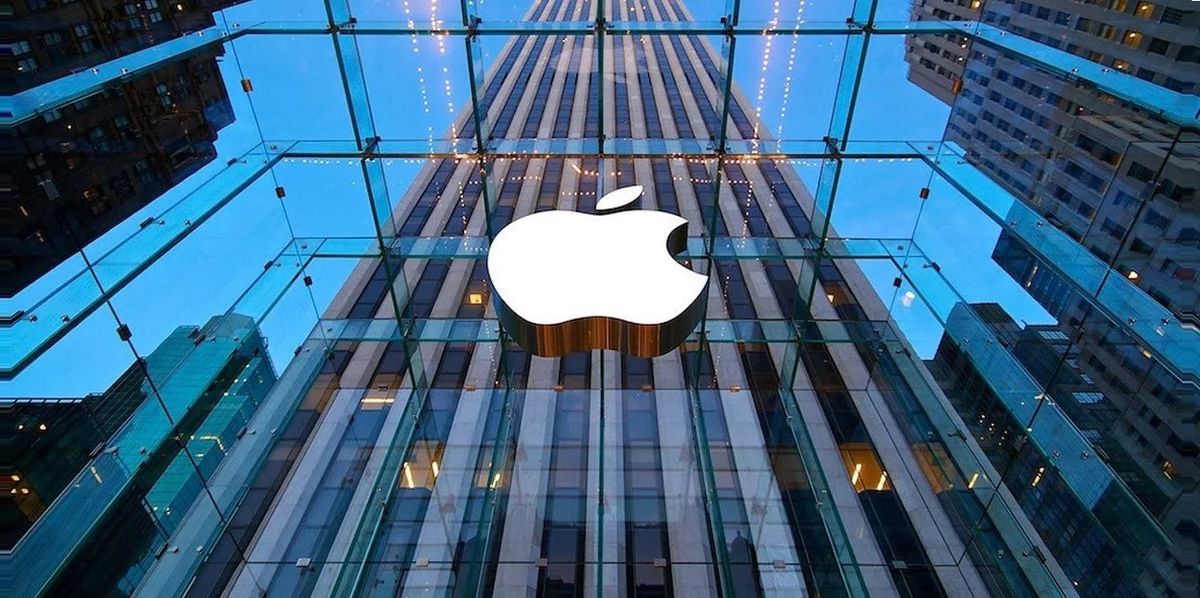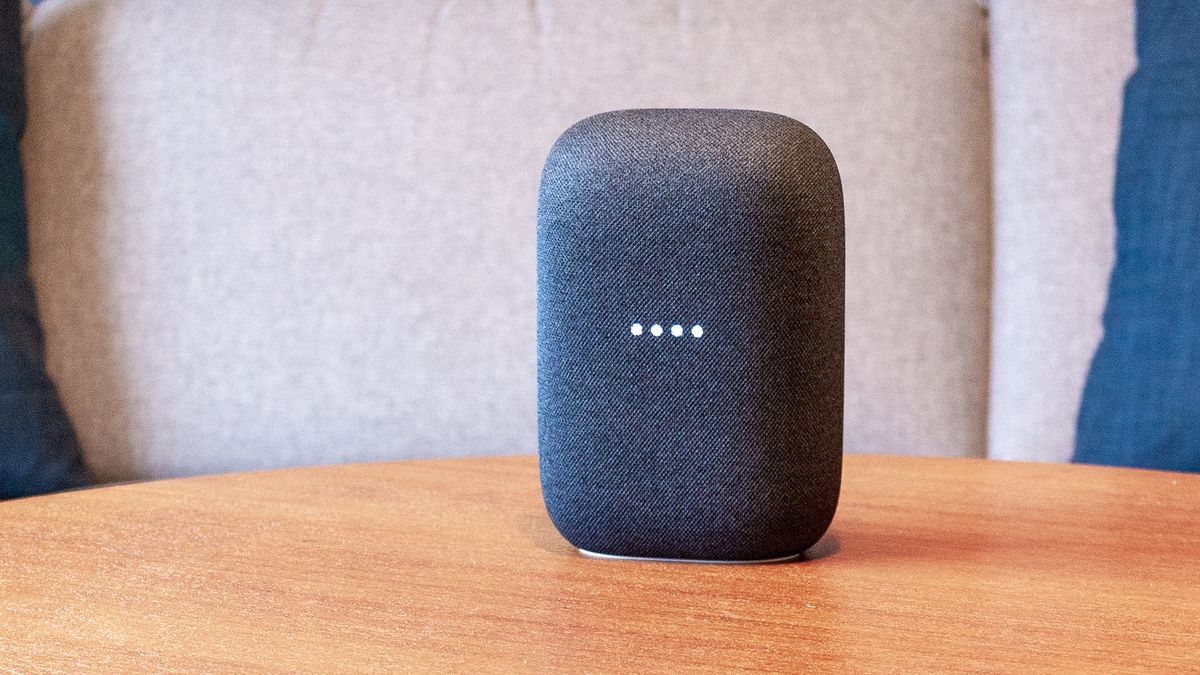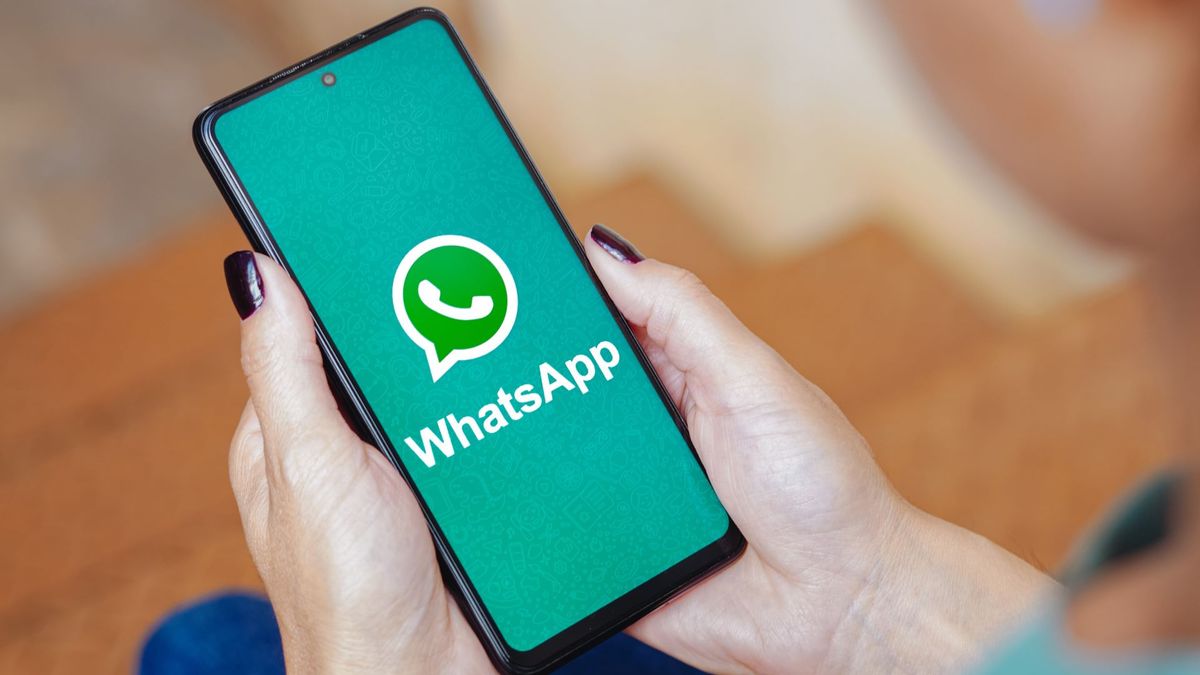WWDC 2024 was all about software this year, with the big announcements being iOS 18 overhauling the iPhone’s operating system, macOS getting smart features, Siri gaining AI smarts, and the introduction of Apple Intelligence. But in terms of hardware, Apple has very little to say.
But with Apple’s smartest iOS 18 features limited to the iPhone 15 Pro and iPhone 15 Pro Max and Apple Intelligence offering consumer-focused AI tools, we can take a decent stab at what we could expect to see the iPhone 16, iPhone 16 Pro, and iPhone 16 Pro Max bring to the table; likely in a September Apple event.
An intelligent smartphone
First, the next-generation Pro iPhones are surely going to lean on AI features via Apple Intelligence; we’re talking smarter ways of capturing and editing content, AI-assisted organization features such as setting agendas by crawling emails, and smarter web browsing with intelligent search features and web page summaries.
If these sound somewhat familiar, it’s because the Google Pixel 8 and Samsung Galaxy 24 have similar generative AI features; for more check out our guide on the best AI phones to buy right now.
However, as US Phones Senior Editor Philip Berne discussed in his Samsung Galaxy S24 Ultra review, some of the AI features in the best Android phones aren’t the most intuitive to access and calibrate. But going by how Apple adopts existing technology, I’d bet that its integration of AI in the iPhone 16 range and iOS 18 – at least as it evolves out of its beta stage – will be deep and done in a way that makes tools like smart photo editors feel natural to use rather than as an extra feature.
A Siri showcase
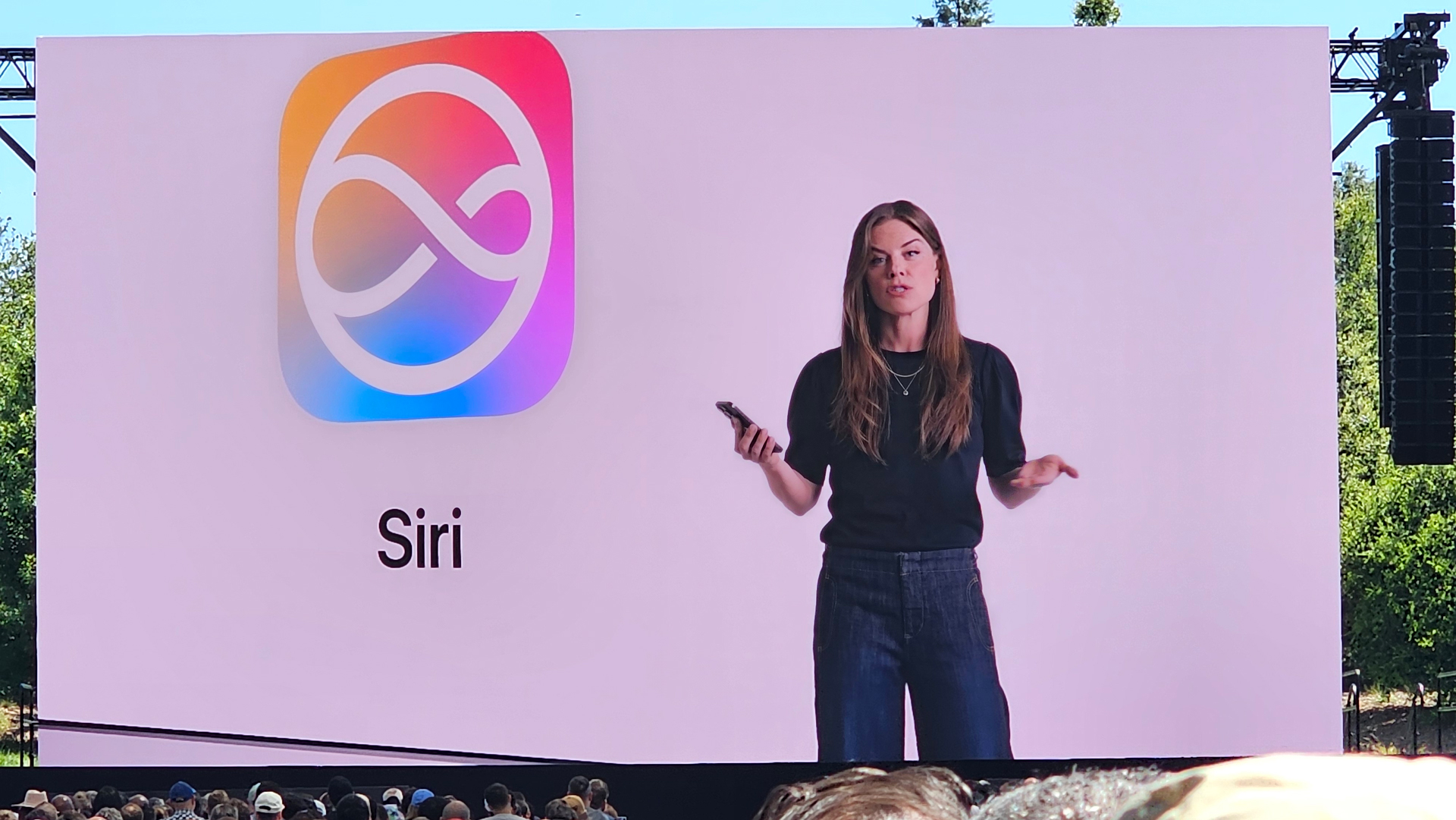
And I expect Apple will make a big deal out of SIri and its new smart features at the iPhone 16’s launch; while the new Siri is coming to other phones, I’d not be surprised if the next-gen iPhones get some exclusive Siri-centric features.
The reason for that thinking is the iPhone 16 Pro and iPhone 16 Pro Max will surely come with a more powerful A-series chip, likely calibrated for AI workloads, and thus be ready to power new smart features.
But I’ll go one step further and predict that the whole iPhone 16 range could get new chips to power on-board large language models for AI tools, all with the goal of spreading and democratizing the use of generative AI.
Subtle tweaks

Now, I’m not expecting the design of the next-generation iPhones to be much different from what we have at the moment; Apple has arguably nailed its design language and made good use of titanium. But new chips that could be tasked with running demanding AI workloads for a good bit of time will likely need improved cooling to stop them from overheating in the compact iPhone chassis. That could mean internal design tweaks for the iPhone 16 and maybe even changes in the phones’ size and thickness.
And with more powerful silicon comes the potential for more power drain, so I’d not be surprised if the iPhone 16 models come with larger batteries than their predecessors and thus have a bit of extra bulk; expect the titanium chassis of the current Pro iPhones to trickle down to the standard and Plus next-gen models in order to mitigate any potential increase in weight.
Ultimately, WWDC didn’t shed the brightest of light on what to expect from the iPhone 16 family. But I’d bet a decent sum of money – if I had some – on AI features being front and center at Apple’s next iPhone keynote. I could see that also working in tandem with the rumored Apple Watch 10.
We’ll have to play the wait-and-see game for a few months, but with Apple Intelligence grabbing headlines, Cupertino’s smartphones are only going to get smarter.


